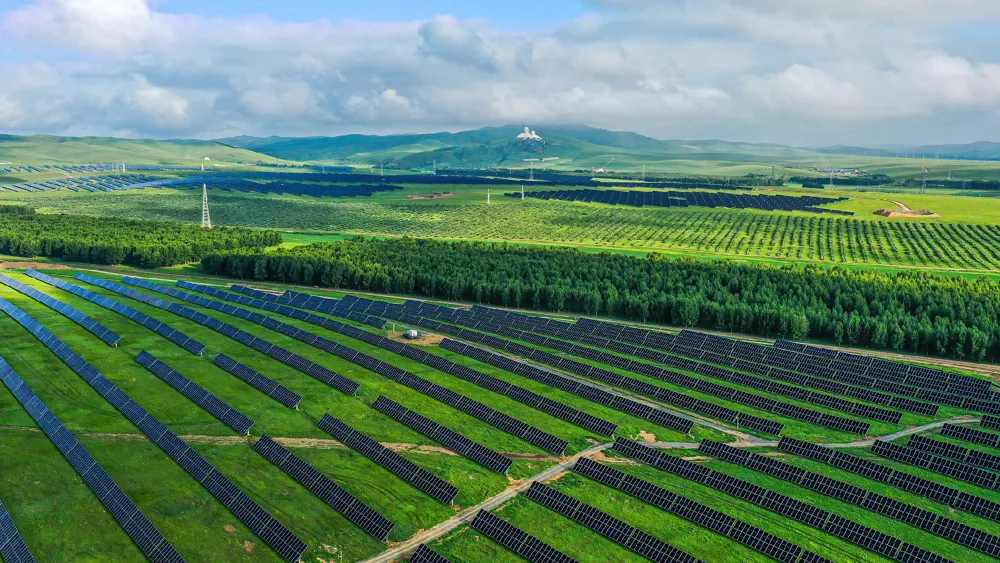China Releases Guidelines for Digital and Green Transformation

China's Office of the Central Cyberspace Affairs Commission, in collaboration with nine central departments, has recently unveiled a set of guidelines aimed at promoting a harmonious integration of digital transformation and environmentally friendly practices.
Published on Saturday, these guidelines underline two primary objectives: fostering the green, low-carbon development of digital industries and expediting the transition of various sectors towards greener practices through the application of digital technology.
The goal of these guidelines is to spur a unified transformation that aligns digital advancement with sustainable growth, thereby catalyzing the convergence of emerging technologies with environmentally friendly industries and enhancing traditional industries through digital and green technologies.
Additionally, the guidelines delineate key principles and define the responsibilities of various stakeholders, including government authorities, industry associations, academic institutions, research organizations, and enterprises, in facilitating this transformative shift.
A comprehensive three-part framework is established within the guidelines, focusing on the essential capabilities and technological and industrial systems necessary for achieving successful digital-green integration.
Regions across China are encouraged to prioritize high-quality development, fostering innovative productive forces, harnessing local resources, and establishing niche industries to enhance their unique advantages, thereby propelling the coordinated evolution of digital and green initiatives.
Read These Next

Robotic Antelope: Advancing Wildlife Monitoring
A commentary on the deployment of a robotic Tibetan antelope in wildlife observation, emphasizing its significance for conservation efforts using advanced technology.

China Capable of Building Over 40 Nuclear Units Simultaneously
China can build over 40 nuclear power units at once, reflecting its advancements in nuclear engineering and energy infrastructure.

India's AI Integration in 22 Languages
This article explores the significance of AI language processing in India, focusing on enabling communication across the country's diverse linguistic landscape. It highlights practical examples, such as delivery driver Vineet Sawant, and government initiatives like Bhashini aimed at developing AI models for efficient multilingual service.
